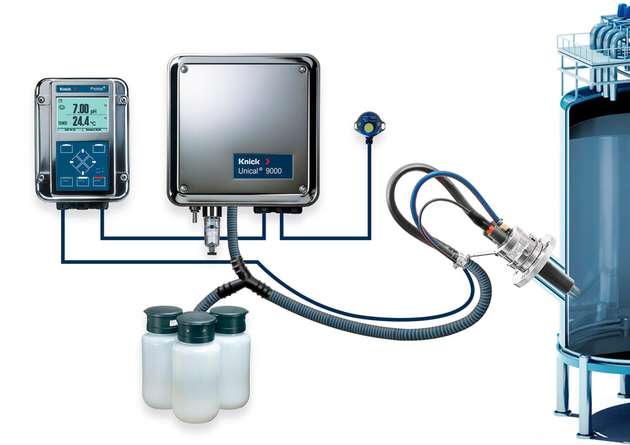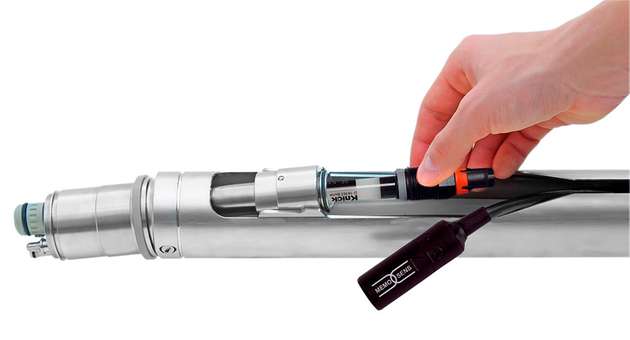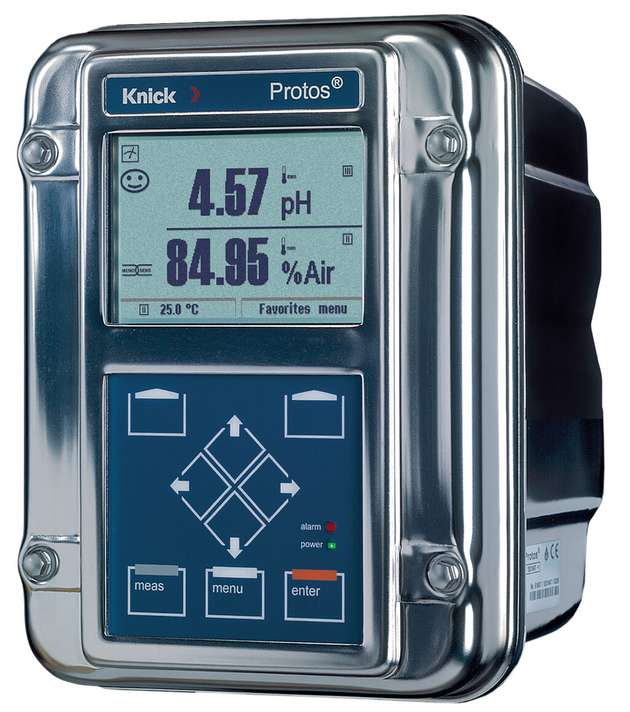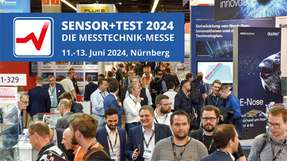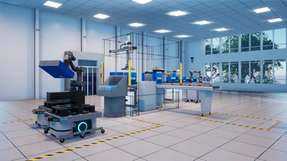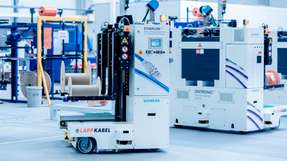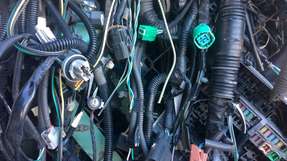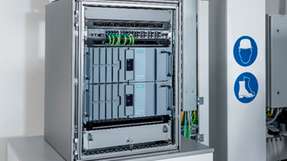There is a long history of producing biodiesel from plant oils. Originally just a by-product in the process of obtaining glycerol for soap production in the mid-19th century, it represents an important source of fuel in efforts to achieve a more sustainable energy supply and reduce our dependence on fossil fuels. Especially in recent years, however, the use of palm oil as the base material for biodiesel production has been controversial, since it requires large areas of land, some of which are created by clearing rain forests.
Consequently, biodiesel made from these raw materials will no longer be eligible for tax breaks from 2023 on. A further issue to consider is the “food-fuel dilemma,” where agricultural land used to produce alternative forms of energy is then no longer available for food production. The use of oils from other sources, such as waste products from food production, therefore represents an interesting alternative to previous forms of production.
Transesterification as a key process
In chemical terms, plant oils are glycerol esters. By adding a monohydric alcohol – usually methanol – these triglycerides react to form biodiesel and the glycerol mentioned above. Bases are used as catalysts in this transesterification reaction, for example sodium methoxide, which is dissolved in methanol before being added. In the process steps following transesterification, the resulting glycerol is eliminated from the biodiesel through phase separation. The biodiesel is washed, neutralized, and dehydrated, and is then available for use in internal combustion engines.
Transesterification is the key process step in biodiesel production. In addition to temperature and an optimum balance of methanol and plant oil, the efficiency and reaction rate are strongly dependent on the exact pH value, which is set by adding the alkaline catalyst. This value must be measured continuously wherever possible in order to optimize the process and achieve a high level of efficiency.
Waste oils as a base material
Typical biodiesel production plants have a capacity of 100,000 to 200,000 tons per year. One such plant in Singapore is currently being expanded – and its capacity will be significantly increased once the conversion is completed in 2022. Various oils generated as waste in food production, for example, are used as the base material here.
Compared to palm oil, however, these materials are more difficult to handle. Solid particles, viscous greases, organic acids, and ketones, pose a challenge for the components in the plant. This also applies to the pH sensors used for online monitoring and control of the process. These unwanted substances can contaminate or block the sensor junction and thus interfere with the measurement or, in the worst case, render it impossible. Regular, frequent cleaning and recalibration of the sensors is therefore essential in this application. In addition, all components must be able to withstand the highly corrosive media of sodium hydroxide and phosphoric acid used in the process. And since the production of biodiesel is a potentially explosive application, components with the appropriate Ex approvals are required.
Automatic sensor maintenance system
The pH sensors usually need to be cleaned daily – sometimes even several times a day – and then recalibrated. To make this process as efficient as possible, the plant managers decided to use a fully automatic measuring point from Knick as part of the conversion and expansion of the refinery. The automatic sensor maintenance system is made up of proven components – from the sensor element to the Protos process analysis system and a suitable retractable fitting – and is used for automatic sensor cleaning and calibration. This system, which Knick will present at Achema under the new product name cCare, is unique and significantly increases the degree of automation. It is also the only fully automatic measuring system on the market that is suitable for use in hazardous locations.
One of the challenges in the application was that the SE554X pH probe needs to be immersed two meters into a tank. A Ceramat WA160X retractable fitting was used to facilitate this immersion depth. This retractable fitting operates with a patented ceramic seal; in this version, with a coating of polyvinylidene fluoride (PVDF) on the immersion tube and the sensor housing, it also resists the aggressive media in the process. Even particles or viscous greases in the medium cannot interfere with the function of the retractable fitting.
In the highly automated plant, cleaning and recalibration of the sensors is intended to be fully automatic as possible, without the intervention of personnel. The Unical 9000X programmable electro-pneumatic controller is ideal for this purpose. It actuates the retractable fitting and can remove and clean the sensor without any interruption to the process. To do so, the controller pumps the required cleaning and rinsing solutions from the connected storage tanks into the Ceramat chamber – entirely automatically. The sensor is then calibrated with the appropriate buffer solutions. All the steps are carried out fully automatically every day by the controller, with no need for any user intervention. The only thing that does need to be done is refilling of the storage tanks with the cleaning, rinsing, and buffer solutions.
All components with Ex approval
Digital Memosens technology is used for data transmission to the evaluation circuits/transmitters, which practically eliminates measurement errors due to interference on the signal line. At the same time, this technology enables galvanic isolation between the measuring electrode and the evaluation circuit. To record the measured values, the sensor is connected to a Protos 3400 XS process analysis system, which, like all components of this cCare system, enables use in Zone 1 hazardous locations. Profibus PA is used for the connection to the higher-level process control system (PCS). For this purpose, the flexible Protos system is simply fitted with the relevant communication module.
With the bus connection via Profibus PA, the measured pH value can be made available to the PCS, and error messages and alarms are also transmitted directly to the PCS. Thanks to Knick’s cCare system, a reliable solution for continuous pH measurement was installed in the biodiesel refinery. A high level of automation ensures optimal measurement efficiency without the need for personnel to perform cleaning and calibration procedures. The measuring point withstands the demanding media and meets the necessary explosion protection requirements.






